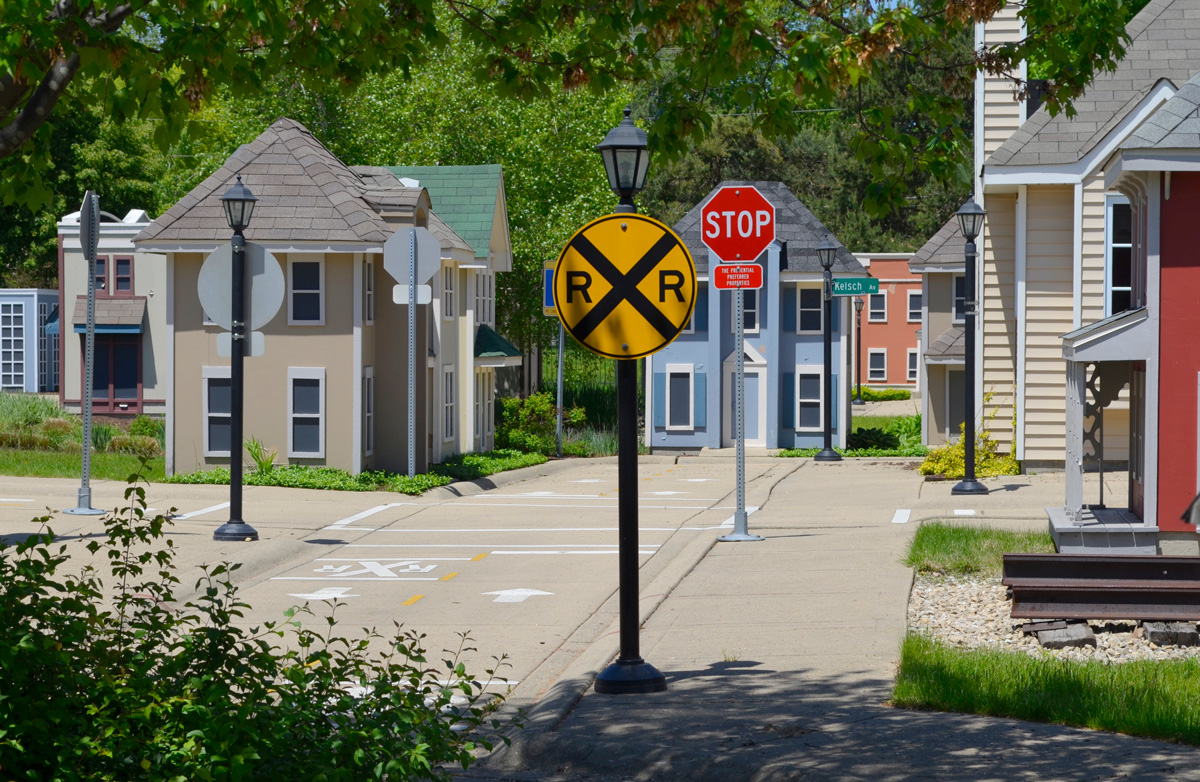In a broad sense, there are only two forms of residential customers; renters and buyers. The age old debate between the two is complex but the benefits of purchasing far outweigh renting in my book. This product creates a middle market between the two that is 1 part home ownership and 1 part leasing.
A developer purchases a large lot. The developer builds as many of these cute, little houses on the lot as possible. The monthly housing payment is way below market value for 1 bedroom apartments ($300-$400). The lots are leased to the renters at $150-$300/month. The builder has a fixed income and the potential to profit on the sales of the homes. The rental market is enamored by the product they can purchase at such a low entry price ($15,000 - $30,000) and hundreds of dollars in savings in utility bills. Magic.
Easy enough? The market is there. The rental market has never been stronger and there are several studies proving this. Millennials have been type-casted as the perpetual renters. This concept gives them an simple and inexpensive entrance into home purchasing.
There would be several large hoops to jump through in order to accomplish this but it is possible.
1. Zoning, Villages, City Councils.
The seemingly most difficult subject. Would a village allow a large number of homes on a small lot? Would they require the lots to have separate PIN's? The pitch would boil down to the "tens of thousands of dollars in tax revenue to your city." There are enough struggling villages in Illinois that I believe one would take the bait.
2. Homeowner backlash.
The property is leased. The owner/operator has the discretion of screening occupants and entrance into tiny town. These standards can be created in unison with villages. These house could only be compared to themselves. These are not single family homes. They are single occupant homes. Appraisers would not be using these homes as comparables, therefore no surrounding areas home values would be compromised.
3. Financing.
Initially, many banks would not want to be providing $10,000 purchase loans. There are two solutions to this. The developer (if able) could provide retail loans after securing a large credit line. This could provide another income stream for the potential developer. Headaches, yes, profits, yes.
Work with local, regional banks and create a program specifically designed for financing this asset class. The loan terms would be short, 10 years, which is a much less intimidating option than the 30 year mortgage. A perfect solution for the always moving, changing millennial age group.
This post was inspired by viewing "Safety Towns" in different places around Illinois. It would chase the concept of a perfect town, similar to Celebration, FL, at a fraction of the scale.
I am sure there are holes in this concept. Please point them out.
Would you not like to live in a neighborhood that looked like this???



